Is it a good idea to add perlite to Venus flytraps’ growing media?
Yes, adding perlite to the growing media of Venus flytraps can be beneficial. Perlite is a lightweight volcanic mineral that is commonly used as a soil amendment in horticulture. Here’s why it can be advantageous for Venus flytraps:
- Improved drainage: Venus flytraps are native to boggy, wetland environments, but they still require adequate drainage to prevent waterlogging and root rot. Perlite is porous and helps improve soil drainage by creating air spaces in the growing medium. This allows excess water to drain freely, reducing the risk of waterlogged roots.
- Aeration: Perlite also aids in providing oxygen to the roots. Its porous nature allows air to circulate within the soil, preventing the roots from becoming suffocated. Proper aeration is essential for healthy root development and overall plant growth.
- pH neutrality: Venus flytraps prefer acidic conditions, typically in the pH range of 4.5 to 5.5. Perlite is pH neutral, meaning it does not significantly affect the pH of the growing medium. This allows growers to maintain the desired acidic pH by using a mixture of sphagnum moss and perlite without altering the soil chemistry drastically.
When incorporating perlite into the growing medium for Venus flytraps, it is often mixed with sphagnum moss or other components like peat moss or sand. The exact ratio may vary depending on factors such as climate, watering practices, and the specific needs of your plants. Generally, a common ratio is 1 part perlite to 1 or 2 parts sphagnum moss.
Remember to always use horticultural-grade perlite, as other types of perlite may contain additives or chemicals that could be harmful to the plants.

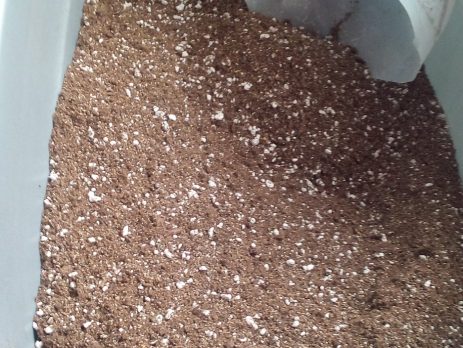
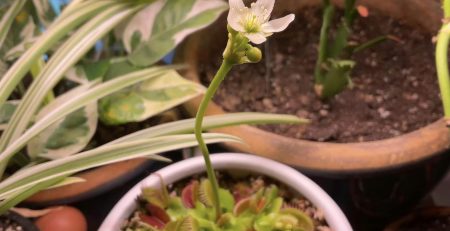
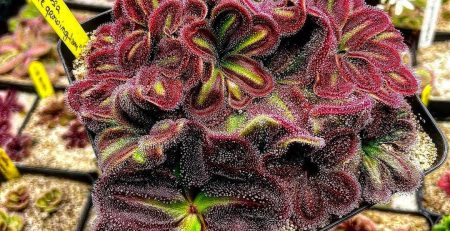
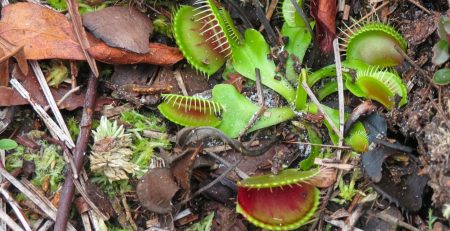
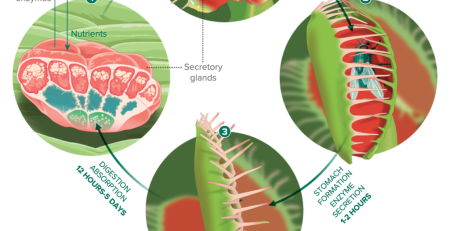
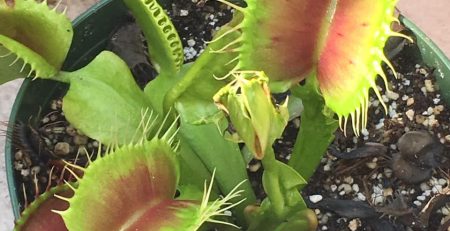
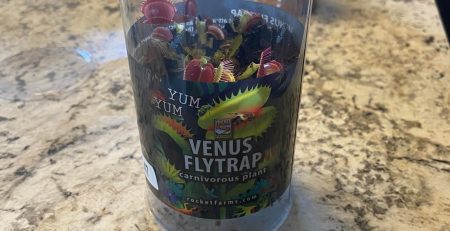
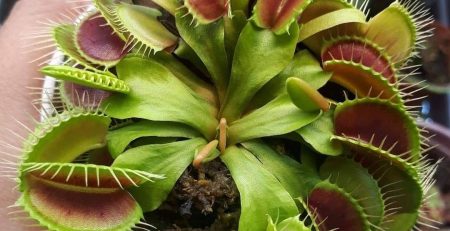
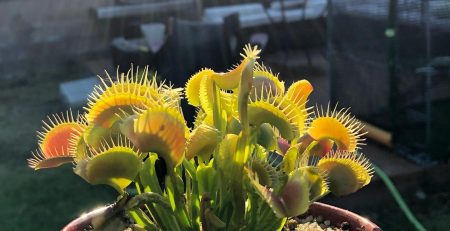
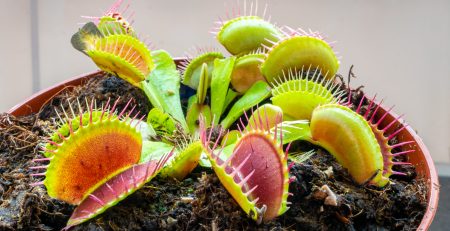
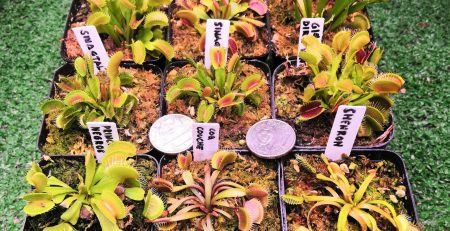
Leave a Reply
You must be logged in to post a comment.